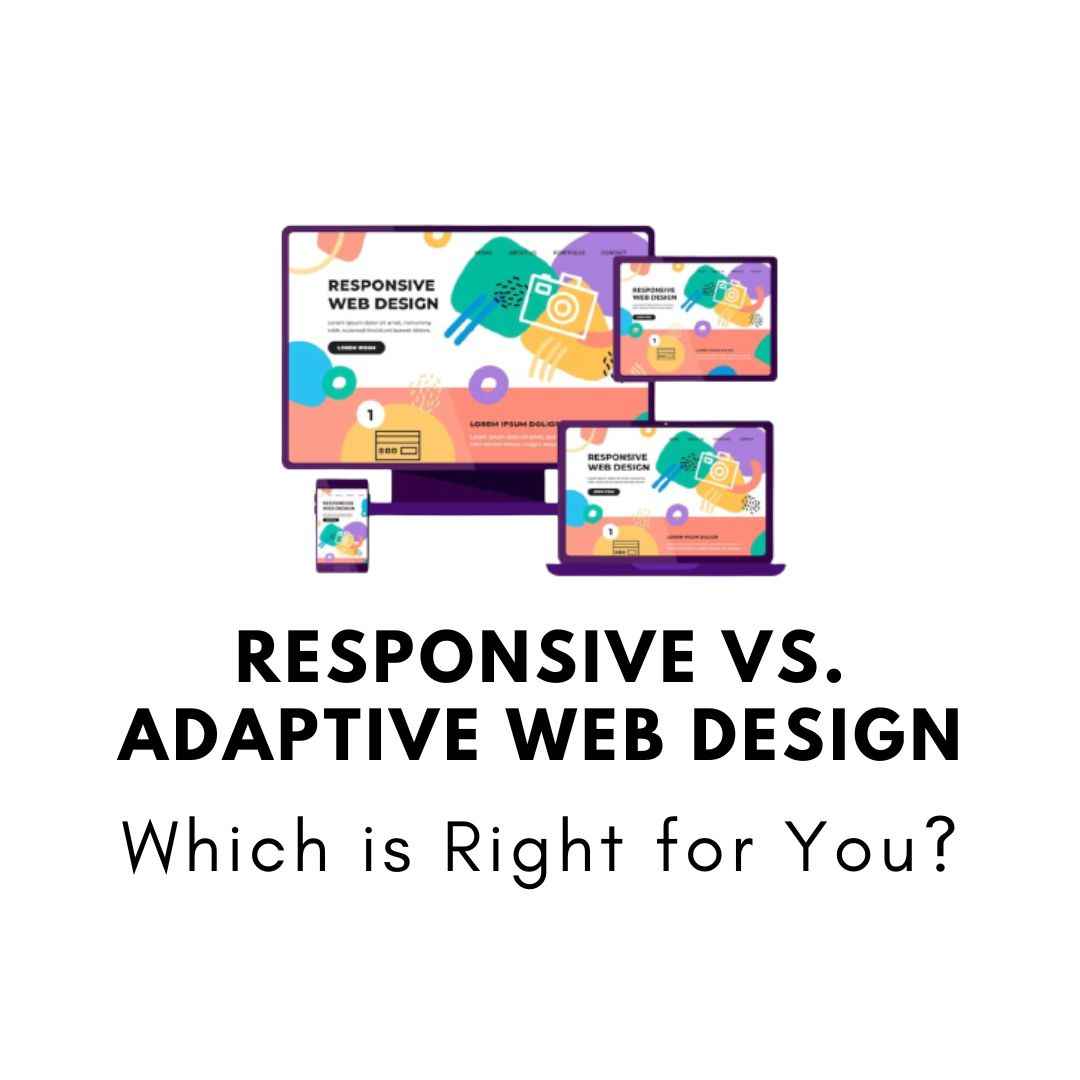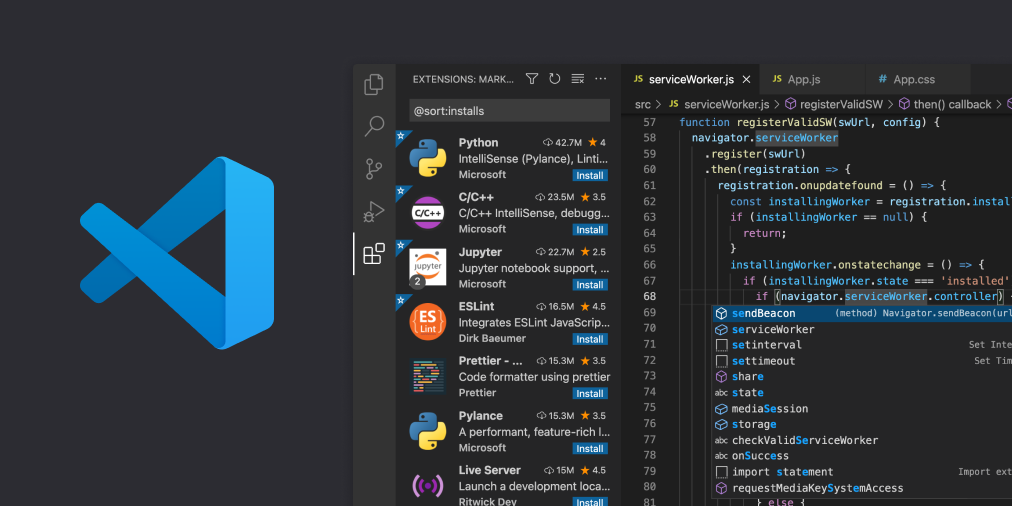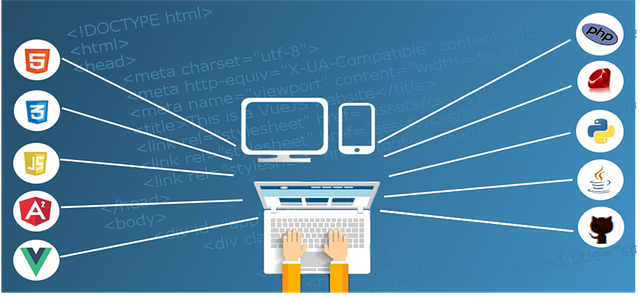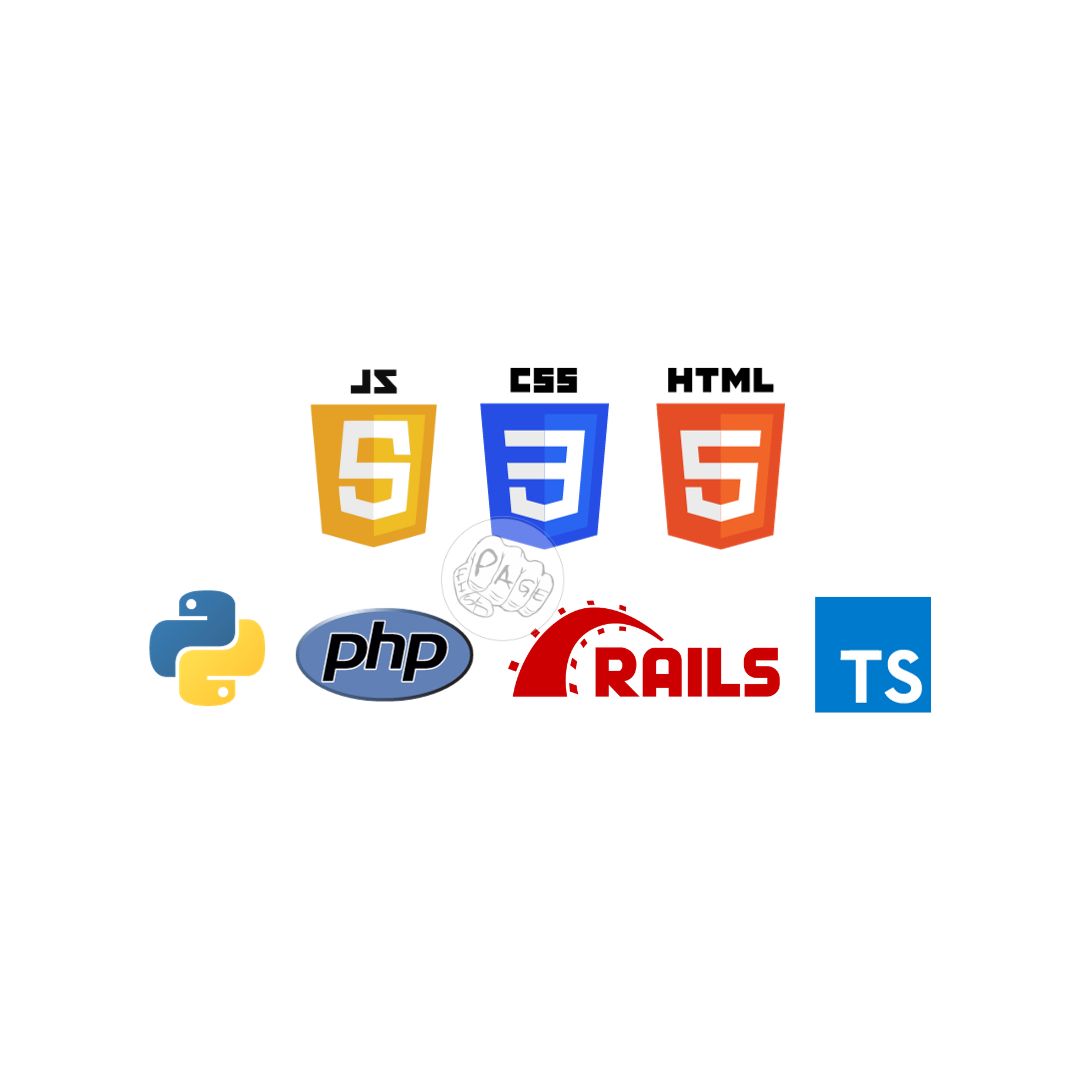Responsive vs. Adaptive Web Design: Which is Right for You?
Explore the battle between responsive and adaptive web design. Discover the pros, cons, and use cases for each approach to make an informed decision for your website.
Introduction
In the ever-evolving realm of web design, where trends shift as swiftly as a cheetah chasing its prey, staying ahead of the curve is crucial. One of the age-old debates in this arena is the battle between responsive and adaptive web design. It's like choosing between a Swiss army knife and a precision toolset. Each has its unique strengths and applications, but which one is the right fit for your website?
Let's embark on a thrilling journey through the digital landscape to unravel the mysteries of responsive and adaptive web design. By the end of this adventure, you'll be equipped with the knowledge to make an informed decision for your website. So, tighten your seatbelt, because we're about to navigate the winding roads of web design!
Responsive Web Design: The Jack-of-All-Trades
What is Responsive Web Design?
Responsive web design is like the MacGyver of the digital world. It's the art of creating websites that adapt to various screen sizes, from the colossal desktop monitors to the pocket-sized wonders we call smartphones. This design philosophy uses a single codebase to ensure that your website looks and functions seamlessly, regardless of the device it's accessed on.
Pros of Responsive Web Design
1. Universality
- It's a one-size-fits-all solution: With responsive design, you don't need to create multiple versions of your website for different devices. That's a massive time and money saver right there!
2. Improved SEO
- Google loves it: Responsive websites tend to rank higher in search engine results. Google's algorithm favors mobile-friendly sites, so responsiveness can give your SEO a boost.
3. Ease of Maintenance
- Less hassle, fewer bugs: Managing a single codebase is simpler and reduces the chances of bugs and inconsistencies across platforms.
4. Future-Proofing
- Ready for the unknown: As new devices hit the market, your responsive website will gracefully adapt without requiring a complete overhaul.
Cons of Responsive Web Design
1. Limited Control
- Jack of all trades, master of none: Responsive design may not offer the level of customization and control that adaptive design can provide.
2. Performance Trade-offs
- Speed vs. versatility: Achieving responsiveness can sometimes lead to performance trade-offs, as the same content has to load on all devices.
Adaptive Web Design: Tailoring for Excellence
What is Adaptive Web Design?
Adaptive web design is your bespoke tailored suit in the world of web development. Unlike responsive design, it doesn't rely on a single layout that adapts to different screens. Instead, it offers a range of predefined layouts, each optimized for specific device categories. When a user accesses your site, the system selects the most suitable layout for their device.
Pros of Adaptive Web Design
1. Precision and Control
- Tailored perfection: Adaptive design allows for precise control over the user experience on different devices. You can optimize content and features for each screen size.
2. Enhanced Performance
- Speedy Gonzales: By serving optimized layouts, adaptive design can deliver faster loading times and a smoother user experience.
3. Targeted Content
- Personalization: You can create device-specific content, delivering a more personalized experience to users based on their device type.
Cons of Adaptive Web Design
1. Complexity
- Not for the faint-hearted: Building and maintaining multiple layouts can be complex and time-consuming, potentially requiring a larger development team.
2. Cost
- Dollars and cents: The increased complexity of adaptive design often translates into higher development costs compared to responsive design.
Which One is Right for You? Let's Find Out!
Questions to Ask Yourself
Before making a decision, consider these questions to determine your web design needs:
-
What's Your Budget? Are you on a shoestring budget, or can you afford the luxury of adaptive design?
-
How Important is Customization? Do you need precise control over the user experience, or are you okay with a more universal approach?
-
What is Your Target Audience? Who are your users, and what devices do they predominantly use to access your site?
-
How Will You Handle Future Changes? Are you prepared to adapt your website continually, or do you prefer a "set it and forget it" approach?
-
What Are Your Performance Expectations? Do you prioritize speed and performance, or is versatility your main concern?
Responsive vs. Adaptive: Use Cases
Let's break it down further with some real-world scenarios:
1. The Information Hub
Scenario: You're running a blog or news website with a diverse audience accessing your content on various devices.
- Responsive Design: This is your go-to choice. It ensures that your articles and news pieces are easily accessible to everyone, regardless of their device.
2. The E-commerce Empire
Scenario: You have a booming e-commerce platform, and you want to offer the best shopping experience to your users.
- Adaptive Design: Investing in adaptive design can help you tailor the shopping experience for users on desktops, tablets, and smartphones, leading to higher conversion rates and happier customers.
3. The Startup Dream
Scenario: You're a startup with limited resources, and you need to get your website up and running quickly.
- Responsive Design: Start with a responsive design. It's cost-effective and can help you establish your online presence without breaking the bank.
Conclusion: The Final Verdict
Responsive vs. adaptive web design—it's a showdown of epic proportions, like a digital gladiator battle for the ages. The right choice ultimately depends on your unique circumstances and goals. Let's wrap it up with some parting wisdom:
-
Choose Responsive Design If: You're on a budget, need a quick solution, and want your content accessible across all devices without too much customization.
-
Opt for Adaptive Design If: You have the resources for a more tailored experience, want better performance, and are willing to invest in long-term success.
Remember, there's no one-size-fits-all answer. It's like choosing between a comfy pair of sneakers and a snazzy pair of high heels—what's right for you depends on where you're headed and how you want to get there. So, embark on your web design journey with confidence, armed with the knowledge of responsive and adaptive design. Your website's destiny is in your hands—make it a stylish one!
Share This Post
Related Articles
Visual Studio Code: A Powerful and Versatile Code Editor
Visual Studio Code is a powerful and versatile code editor that supports multiple languages, extensions, and debugging tools. It is designed to help developers create, test, and deploy high-quality applications with ease and efficiency. Whether you are working on web, mobile, desktop, or cloud projects, Visual Studio Code can help you streamline your workflow and enhance your productivity.
Website Designing and Development Company in Chhattisgarh
Welcome to pagefist, the best Website Designing and Development Company in Chhattisgarh. We offer high-quality web solutions for your business needs. Whether you need a stunning website, a powerful e-commerce platform, or a custom web application, we have the expertise and experience to deliver it. Contact us today and let us help you grow your online presence with pagefist.
WordPress Plugins: A Guide for Beginners
WordPress plugins are software components that extend the functionality and features of the WordPress platform. They can help you create and manage various types of websites, such as blogs, e-commerce, portfolios, forums, and more. WordPress plugins are easy to install and customize, and there are thousands of free and premium options available for different purposes and niches. Some of the most popular WordPress plugins are WooCommerce, Yoast SEO, Elementor, Jetpack, and Contact Form 7.
Website Designing and Development Company in Raipur
Welcome to our website! We are a professional website designing and development company in Raipur. We offer a range of services to help you create an online presence that suits your needs and goals. Whether you need a simple landing page, a complex e-commerce site, or anything in between, we have the skills and experience to deliver. Contact us today for a free consultation and quote!
Top 5 Programming languages for Web development in 2024
Discover the top programming languages for web development in 2024 and make an informed choice to boost your web development journey. Explore JavaScript, Python, TypeScript, PHP, Ruby, and the fundamentals of HTML and CSS.
Related FAQ
No related FAQ.
Say Hello
To Your Dream





